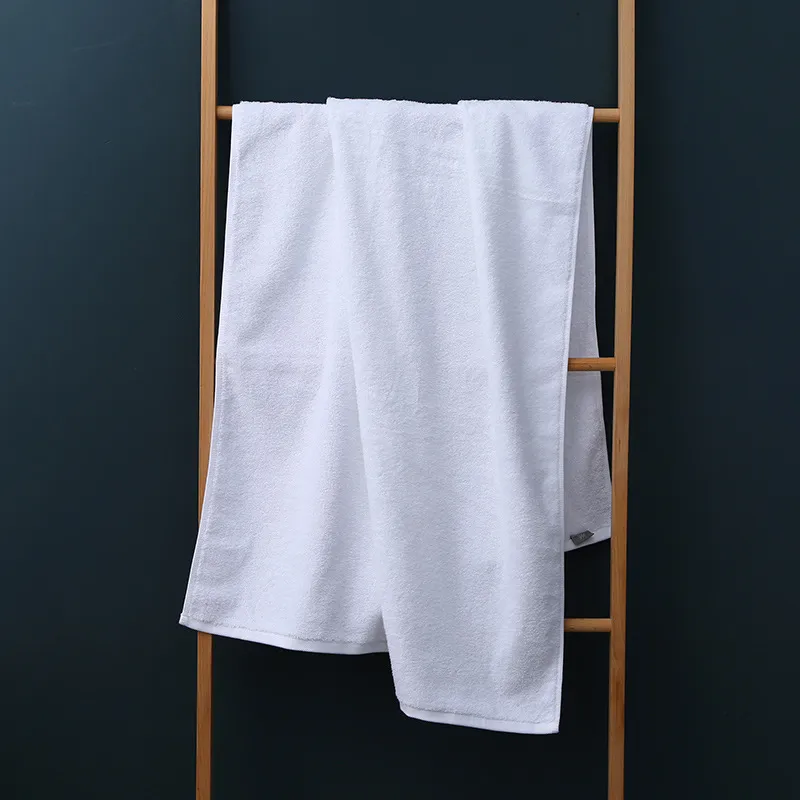Why Wool Dryer Balls May Not Effectively Eliminate Static Cling in Your Laundry
Understanding Why Wool Dryer Balls Might Not Remove Static An In-Depth Look
Wool dryer balls have gained popularity as a natural alternative to conventional dryer sheets and fabric softeners. Many users appreciate their ability to reduce drying time, soften fabrics, and eliminate static cling. However, some individuals report that they are not seeing a significant decrease in static electricity when using wool dryer balls. If you find yourself in this situation, you’re not alone. Let’s delve into the reasons why wool dryer balls might not be as effective in combating static as expected.
Understanding Why Wool Dryer Balls Might Not Remove Static An In-Depth Look
Moreover, the drying environment plays a crucial role in static electricity formation. The level of humidity in the air can significantly influence static cling. In overly dry conditions, such as winter months or arid climates, static electricity tends to build up more easily. When you use dryer balls in low-humidity environments, their ability to mitigate static can be compromised. To enhance their effectiveness, consider adding a damp washcloth or a few ice cubes to the dryer, which can increase humidity levels and help reduce static cling.
wool dryer balls not removing static

Furthermore, the number of wool dryer balls used can impact their effectiveness. Typically, it is recommended to use at least three to six balls per drying load. Using fewer than this suggested amount may lead to insufficient movement and separation of fabrics, which reduces friction and the opportunity for static buildup to dissipate. Ensure you are using an adequate number of dryer balls for the load size, as more balls can help ensure that the clothing items tumble freely, promoting better moisture distribution and decreasing static.
The quality of the wool dryer balls can also play a significant role in their effectiveness. Not all wool dryer balls are created equal; some may be made from lower-quality materials that do not hold moisture effectively. High-quality, 100% wool balls have better moisture retention capabilities, allowing them to release steam throughout the drying process. When shopping for wool dryer balls, look for ones that are labeled as premium or made from organic wool to ensure you are getting a product that performs well.
Additionally, it is essential to evaluate how your dryer is functioning. A dryer that is too small or does not have adequate airflow can cause clothes to clump together, which can increase static. Ensure that your dryer is in optimal working condition and consider checking lint traps and vents for blockages, as restricted airflow can affect drying efficiency and lead to static buildup.
In conclusion, while wool dryer balls can be effective in reducing static, several factors may hinder their performance. Fabric type, humidity levels, the quantity of dryer balls used, the quality of the product, and dryer functionality all play a part in static electricity reduction. By addressing these aspects, you can improve your experience and enjoy the benefits of using wool dryer balls in your laundry routine.
-
What Makes Felt a Great Choice?NewsNov.19,2024
-
Total Mixed Ration (TMR) Feed for CattleNewsNov.19,2024
-
The Ultimate Guide for Felt Polishing WheelsNewsNov.19,2024
-
Industrial Felt for Various ApplicationsNewsNov.19,2024
-
Felt Makeup Bags and Inserts BagsNewsNov.19,2024
-
Choosing the Right Hotel TowelsNewsNov.19,2024
-
Your Go-To Guide For Affordable Wholesale Wool FeltsNewsOct.31,2024







